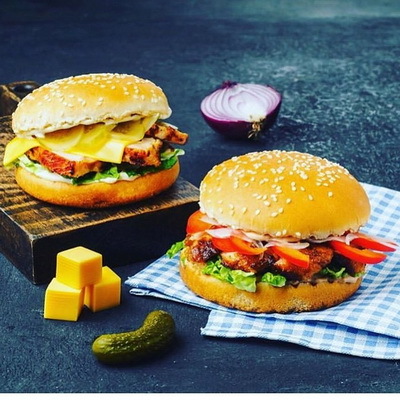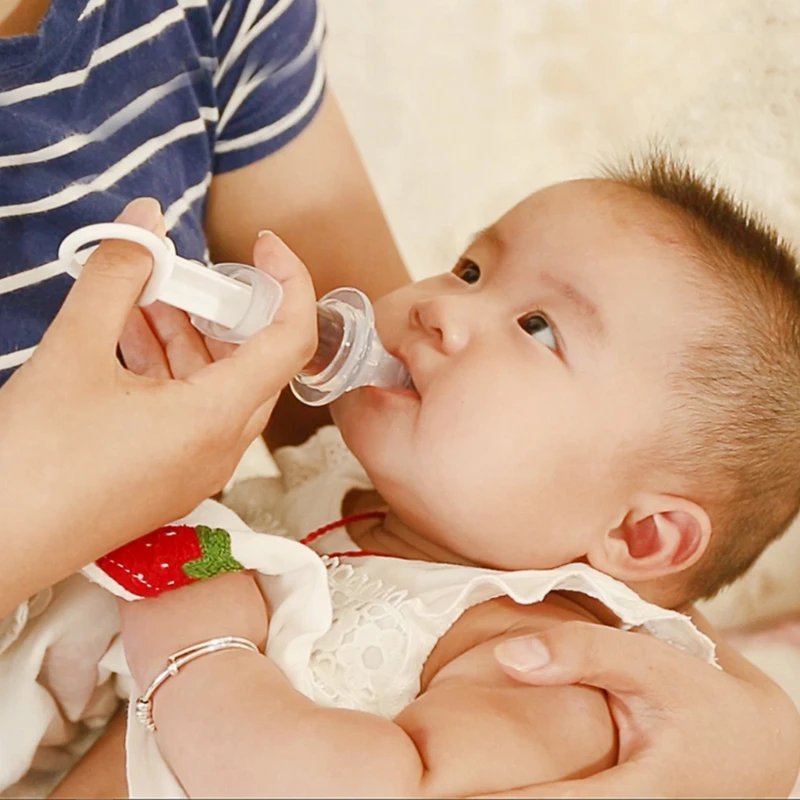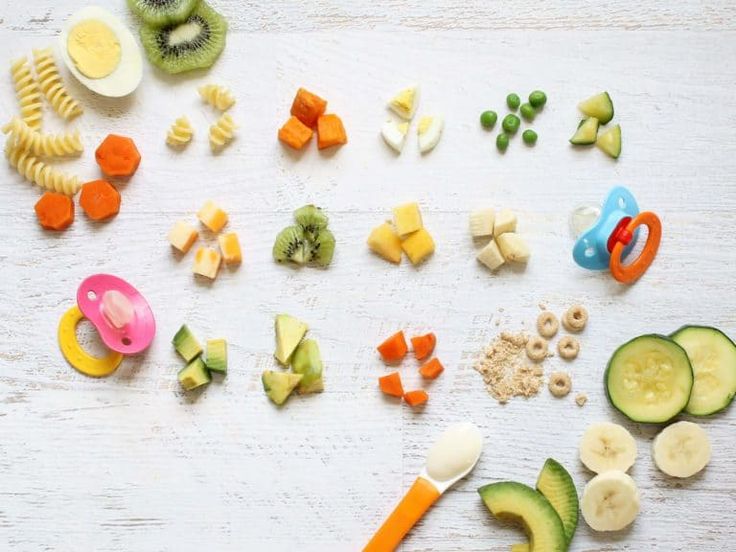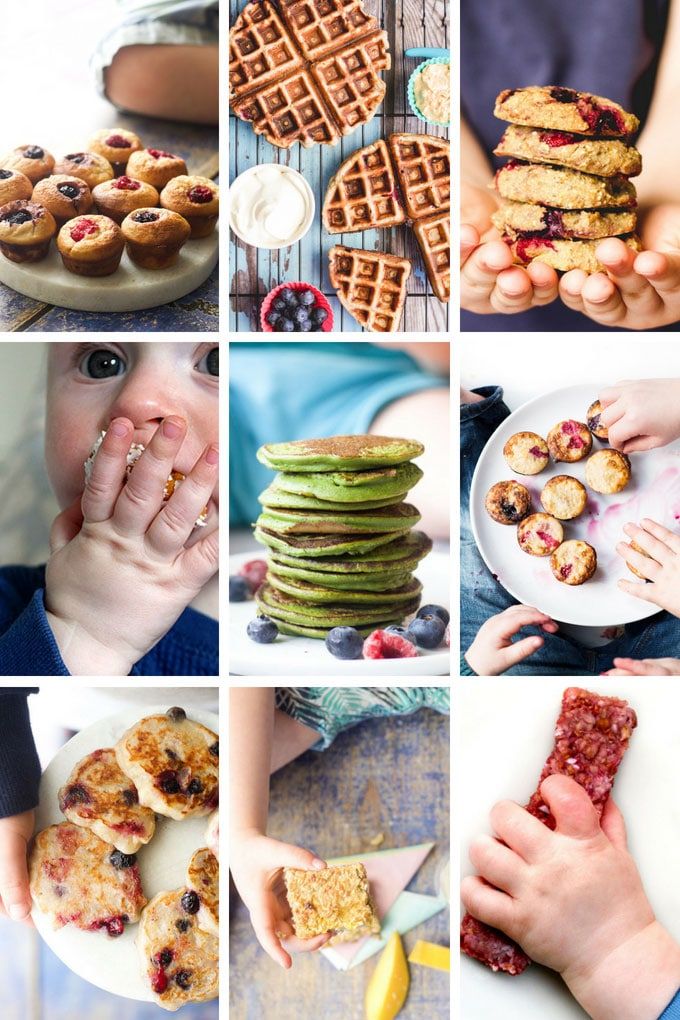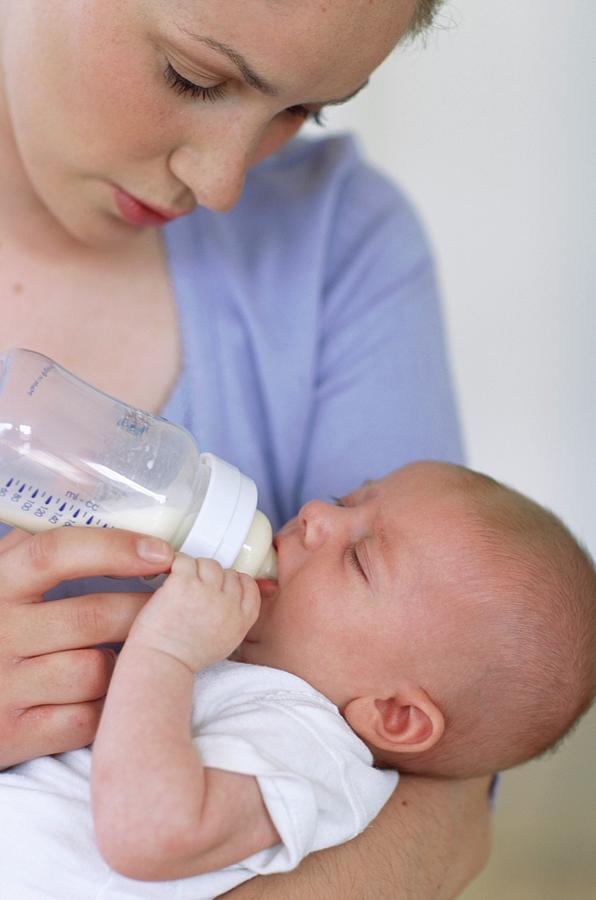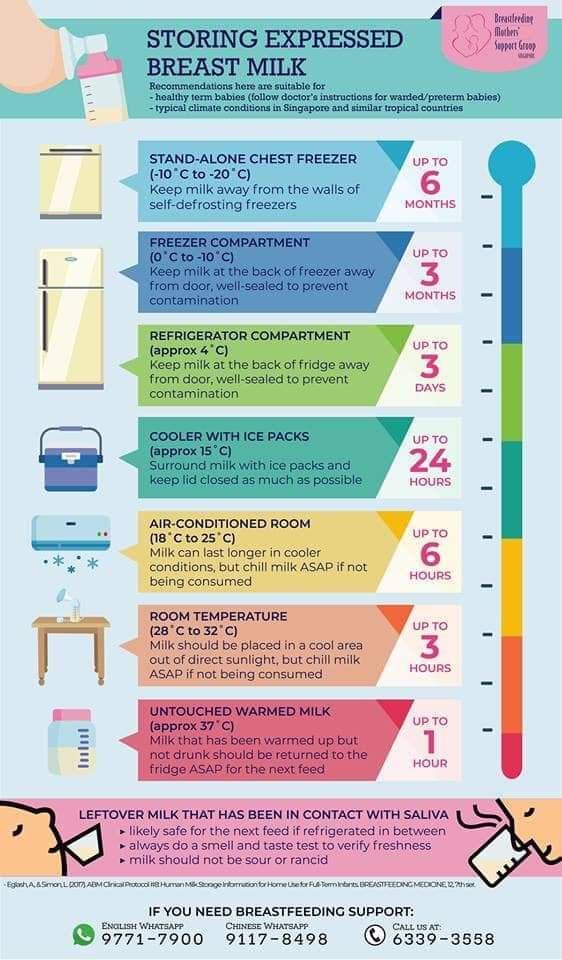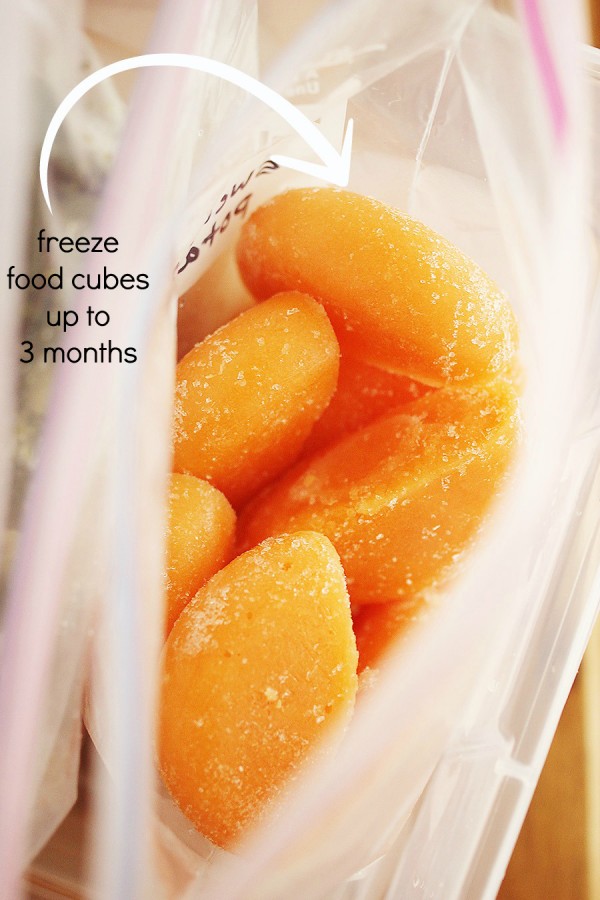Baby fast food
7 Best Fast-Food Items for Kids That Are Still Healthy
Swing through the drive-thru and grab any of these fast-food options
By Melissa Rudy
Let’s face it, fast food isn’t usually synonymous with healthy eating. Grabbing a Happy Meal for a hungry toddler isn’t likely to be an Instagram-worthy parenting moment. That said, on those race-against-the-clock days when you’re juggling errands, doctors’ appointments, and the sacred nap schedule, you may not have the luxury of preparing a meal for your baby at home.
Contents
- Best and worst fast food for kids
- Fast food kids can eat without parents worrying
- Extra tips
Fortunately, most fast-food restaurants have expanded their menus to include more than just the standard burgers, fries, sugary sodas, and deep-fried fare that have given them a bad name. Whether you’re on a road trip or just in the middle of a busy afternoon, it is possible to keep your pint-sized passengers satisfied without any post-meal guilt. Read on for some of the best fast-food options for kids.
Best and worst fast food for kids
Eat This, Not That! ranked the top 10 best fast-food meals for kids, in order from best to worst. You might be surprised when you look at this list, as some of the “worst” ranked meals seem like they should be the healthiest.
The top 10 best to worst fast-food items:
- Subway Mini-Black Forest Ham Sandwich
- Arby’s Chicken Tender n’ Cheese Slider
- Chick-fil-A Kids Meal
- Burger King PB & Jamwich
- McDonald’s 4-piece Chicken McNuggets Happy Meal
- Popeye’s Chicken Leg with Fries
- Dairy Queen Kids Meal Combo
- Wendy’s Grilled Chicken Wrap
- Jack-in-the-Box Chicken Sandwich Kids Meal
- Sonic Jr. Burger
Fast food kids can eat without parents worrying
Fresh fruitThere’s no denying French fries are delicious, but their high salt and fat content aren’t doing your child’s health any favors.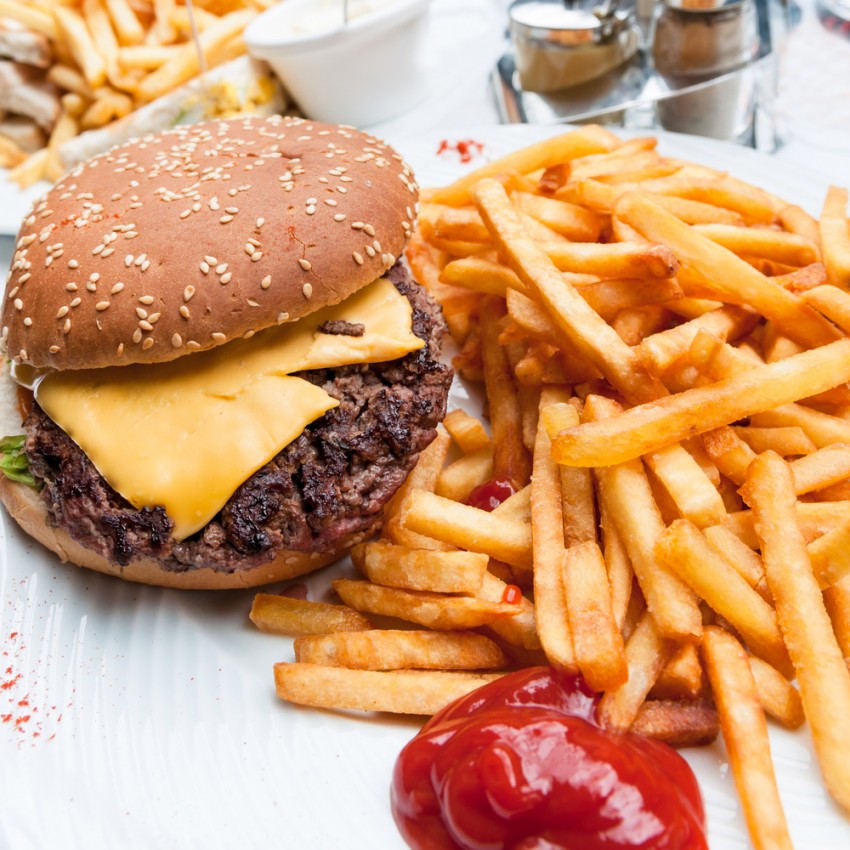 Fruit is a popular and healthy alternative that provides a bit of sweetness without sacrificing nutrition. Many fast-food chains offer some type of fruit on their menus as an alternative side to fries.
Fruit is a popular and healthy alternative that provides a bit of sweetness without sacrificing nutrition. Many fast-food chains offer some type of fruit on their menus as an alternative side to fries.
Chick-fil-A offers a fruit cup that contains apple slices, strawberry slices, blueberries, and mandarin orange sections. McDonald’s offers bags of apple slices as an alternative to the standard French fries, and Wendy’s also has apple bites that clock in at just 35 calories.
Grilled chicken nuggetsChicken tenders or chicken strips are among the most popular fast-food items for kids. Most children have about a year where only dino-shaped chicken nuggets are allowed on their plate, but the deep-fried breading adds extra fat. Chick-fil-A (and a lot of other fast-food chains) offers a grilled version of chicken nuggets that contain only 3 grams of fat per serving.
MilkSkip the sugary sodas and juices and instead serve milk as an in-car beverage. In addition to having far less sugar and no caffeine, it’s also packed with vitamins and nutrients that kids need, including vitamin D, calcium, and protein. Most fast-food restaurants include milk (white or chocolate) on their menus. But try to stick with regular white milk, as chocolate milk can be just as bad as soda and juices.
In addition to having far less sugar and no caffeine, it’s also packed with vitamins and nutrients that kids need, including vitamin D, calcium, and protein. Most fast-food restaurants include milk (white or chocolate) on their menus. But try to stick with regular white milk, as chocolate milk can be just as bad as soda and juices.
For a high-protein, high-calcium snack that also offers the sweetness kids crave, you can’t beat yogurt. Chick-fil-A offers a Greek Yogurt Parfait that also contains fresh berries and an optional granola topping.
Corn dogsAlthough not the healthiest fast-food option out there, corn dogs are definitely kid-approved, high in protein, and have the added benefit of being a very portable, car-friendly food. Sonic offers a traditional corn dog on a stick.
Macaroni and cheeseMost kids are big mac-and-cheese fans, and while it is high in fat and carbs, it also contains a good amount of protein, potassium, and calcium. Some fast-food restaurants that offer macaroni and cheese include Chick-fil-A, KFC, and Noodles & Company.
Some fast-food restaurants that offer macaroni and cheese include Chick-fil-A, KFC, and Noodles & Company.
Vegetables from a drive-thru? Fast-food restaurants have come a long way health-wise, and some chains now offer veggies as a side item. KFC offers green beans and most QSRs (Quick Service Restaurants) offer side salads containing various veggies. Broccoli has seen a huge rise in popularity and can be found as a side item at quite a few fast-food favorites.
Extra tips
When you find yourself at the drive-thru, there are some things to keep in mind to make smarter choices for your little one.
Tips to remember
- Avoid fries when possible. They’re greasy and provide little nutrition.
- Stay away from sugary drinks. They add unnecessary calories, some have caffeine, and they have no nutritional value. Instead, choose water or plain milk.
- If your fast-food restaurant offers veggies, don’t hesitate to add them to your kid’s meal.
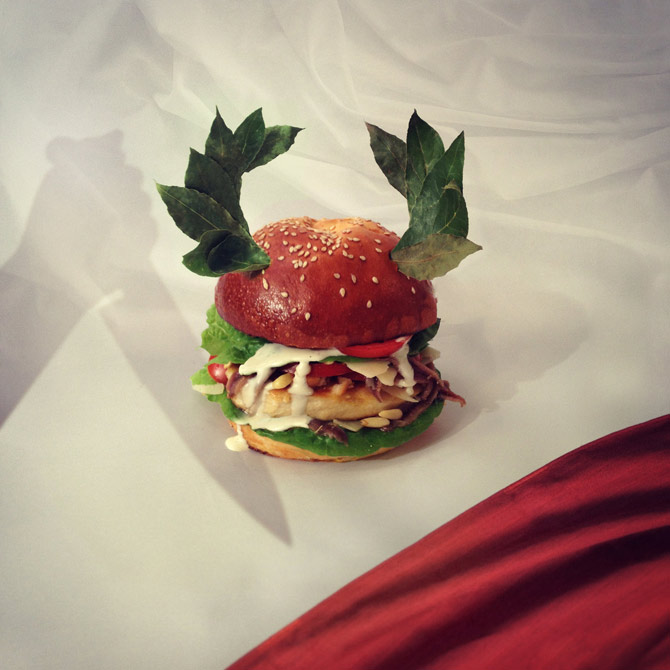 They’re packed with vitamins and fiber.
They’re packed with vitamins and fiber.
- Depending on where you’re eating, subs, wraps, and tacos are also much healthier options than traditional fast-food burgers and fried chicken.
When your little one is on the brink of a meltdown and you need some quick sustenance, the drive-thru starts to look pretty appetizing — especially with the added benefit of not having to leave your car. But you don’t want to sacrifice the quality of your baby’s food for the sake of convenience.
While it’s always ideal to prepare healthy meals at home, the reality is life sometimes throws curveballs that make cooking impossible. In those cases, hitting a drive-thru could be a quick, convenient way to prevent your little one’s “hangriness” while also preserving your sanity. By choosing the healthiest options available, you can keep your toddler happy and feel good about your choices.
Editors' Recommendations
- Feeding toddlers when sick: What to feed a toddler with a fever
- Tasty fall recipes to warm up your belly and your table
- 9 incredible birthday party food ideas when you’re on a budget
- Transform a boring meal with these inventive but cheap ramen noodle recipes
- 8 cheap but yummy dinner ideas that will save you some serious dough
Babies Get Early Start on Fast Food Diet
Toddlers Already Eating Too Many French Fries, Sweets
Written by Jennifer Warner
Oct.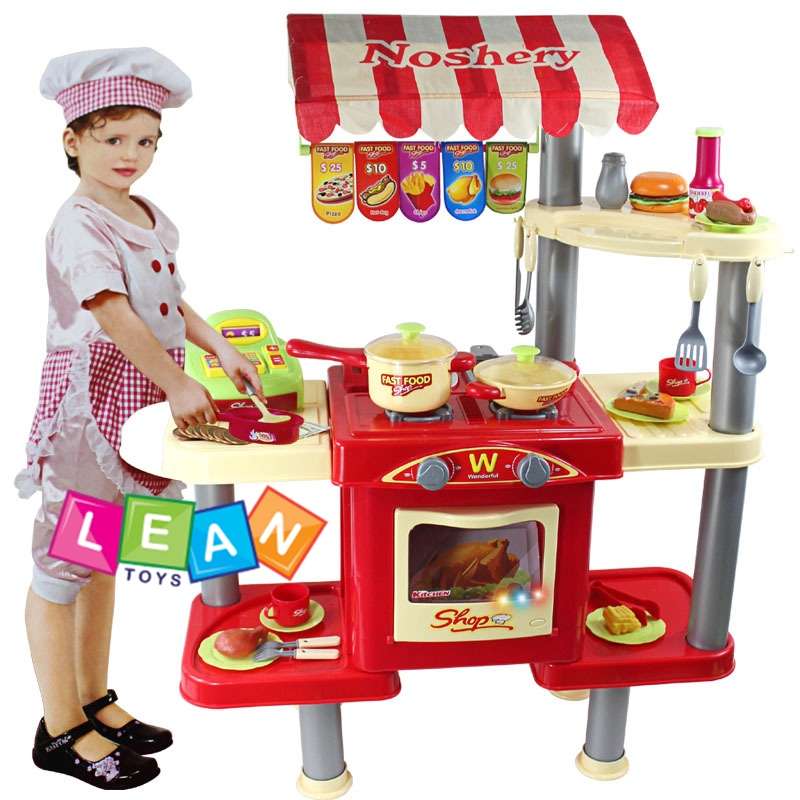 27, 2003 -- Even before they learn to walk, many American children are well on their way to developing bad eating habits that are startling similar to those that plague adults: too much fat, sugar, and salt, and too little fruits and vegetables.
27, 2003 -- Even before they learn to walk, many American children are well on their way to developing bad eating habits that are startling similar to those that plague adults: too much fat, sugar, and salt, and too little fruits and vegetables.
A new study shows that infants and toddlers are already getting too many calories and eating inappropriate foods such as pizza, soda, and French fries before their second birthday.
In fact, the survey of more than 3,000 infants and toddlers from 4 to 24 months old found that French fries are the most commonly eaten vegetable for toddlers aged 15 to 24 months, and soda is being served to infants as young as 7 months old.
Researchers say a 1- to 2-year-old infant needs about 950 calories a day, but the survey found the average calorie intake of toddlers in this age group was 1,220. That's an average of 270 calories more than they need.
An overview of the survey findings was presented this week at the American Dietetic Association Food & Nutrition Conference and Expo in San Antonio, Texas.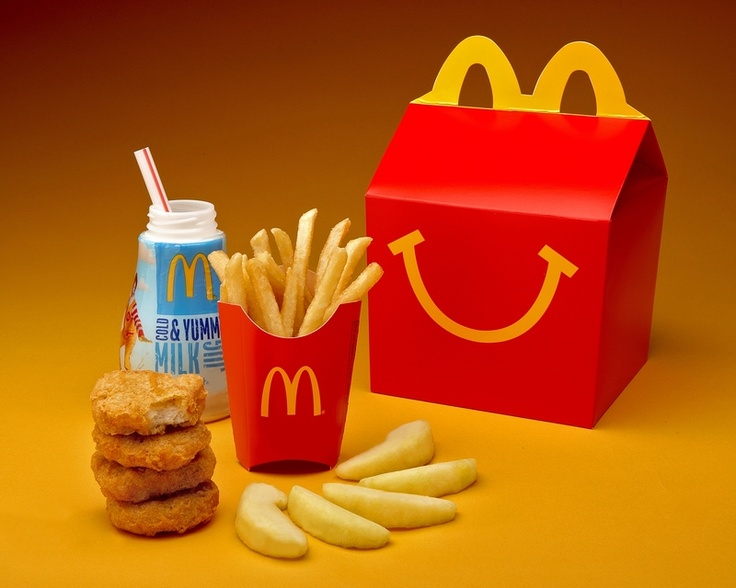 The complete results are scheduled for publication in the Journal of the American Dietetic Association.
The complete results are scheduled for publication in the Journal of the American Dietetic Association.
The survey was conducted in 2002 by Mathematica Policy Research, Inc. and funded by Gerber.
Feeding Recommendations Ignored
Researchers found many of the current recommendations for feeding infants and toddlers issued by the American Academy of Pediatrics (AAP) are currently being ignored.
For example:
- 29% of infants ate solid foods before the recommended age range of 4 to 6 months
- 17% drank juices before the recommended 6 months
- 20% drank cow's milk (rather than formula or breast milk) before the recommended 12 months
The AAP recommends that cow's milk be introduced to infants after 12 months and that low-fat dairy products be introduced after two years because fat is needed for healthy development early on. But the survey found that 35% of toddlers 19 to 24 months old were already drinking skim or reduced-fat milk.
In addition, researchers also found other potentially dangerous eating habits that could increase the risk of obesity and other health problems among toddlers and infants:
- Nearly 25% of 19- to 24-month-old babies are not eating a single fruit or vegetable in a day.
- Half of 7 to 8 month olds eat desserts or salty snacks or drink sweetened beverages.
- A quarter of toddlers 19 to 24 months old eat hot dogs, bacon, or sausage once a day, and more than one in 10 eat pizza on a daily basis.
Picky Eating Habits Start Early
The survey also showed that picky eating habits develop early, and nearly 50% of children were considered picky eaters by 24 months of age.
But parents and caregivers may be giving up to soon when it comes to introducing new foods into baby's diet.
Researchers found that children were only offered a new food up to five times at most before the parent or caregiver decided that the child disliked it.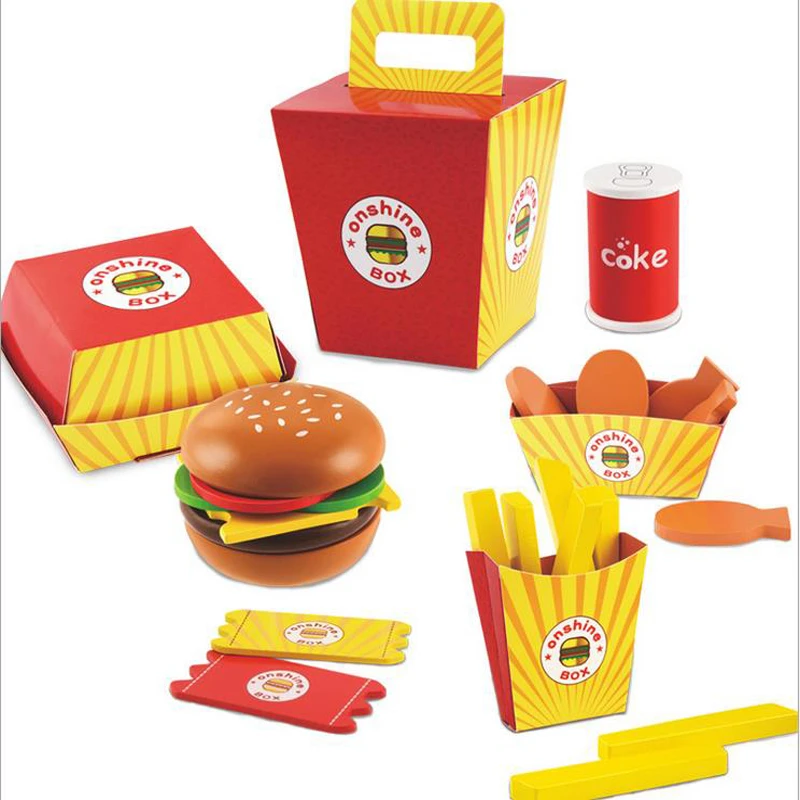 But studies show eight to 15 exposures are needed to gain acceptance of new foods.
But studies show eight to 15 exposures are needed to gain acceptance of new foods.
Today on Grow
<blank>Recommended for You
Doctor-approved information to keep you and your family healthy and happy.
- Pregnancy & Baby Bulletin
- Parenting & Children's Health
Fast food and children: how to make dangerous food useful | Recipes | KITCHEN
Let's see why such food is harmful, and also learn how to prepare healthy fast food dishes that can be treated to little gourmets without compromising their health.
About the dangers of fast food
Unfortunately, fast food is very much loved by children: they are ready to eat french fries, fried chicken wings or hamburgers every day without asking or persuasion. This is due to the presence of flavor enhancers (monosodium glutamate), which are added to such dishes.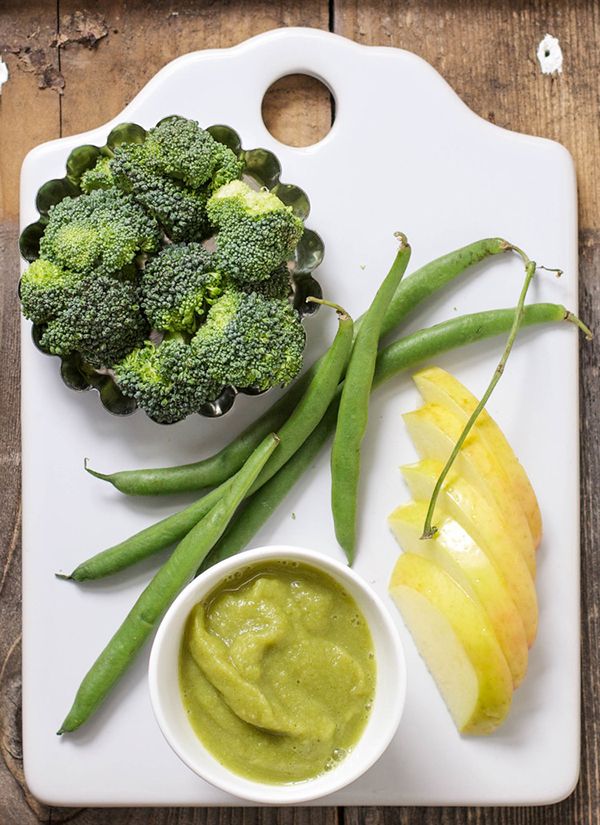 And fast food also contains dyes, flavors, sweeteners, preservatives and genetically modified soy protein - not the most favorable composition for the gastrointestinal tract, and indeed the whole organism. In addition, in fast food cafes, all “goodies” are prepared from semi-finished products that are pressed, dried or frozen before transportation.
And fast food also contains dyes, flavors, sweeteners, preservatives and genetically modified soy protein - not the most favorable composition for the gastrointestinal tract, and indeed the whole organism. In addition, in fast food cafes, all “goodies” are prepared from semi-finished products that are pressed, dried or frozen before transportation.
Path to obesity
It has long been proven that regular consumption of fast food leads to obesity. And this is not surprising, given the calorie content of such dishes: a small portion of french fries contains 250 kcal, ice cream - about 400 kcal, and a cheeseburger - 300. Soda, beloved by many children, is dangerous not only with extra calories, but also with the irritating effect of bubbles on the gastric mucosa. In addition, such drinks cause a shortage of water in the body, which over time can cause urolithiasis and even osteochondrosis.
Photo: AiF / Ekaterina TyuninaHomemade fast food
Of course, in the modern world it is not easy to completely protect a child from junk food: he sees fast food in advertising and movies, hears the stories of his friends in kindergarten or school.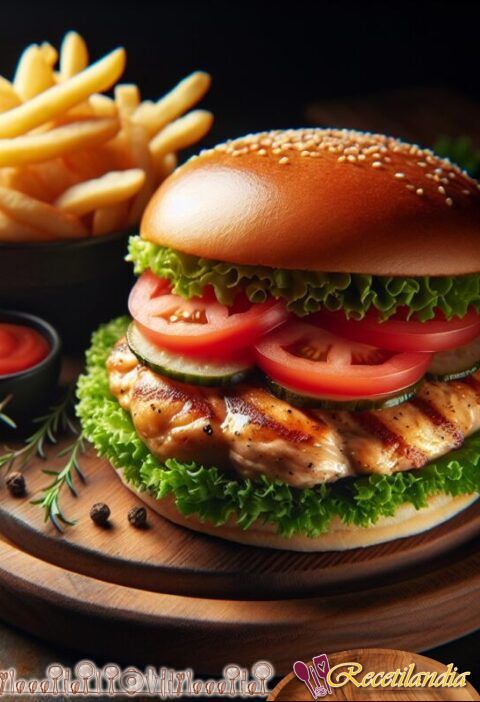 And he feels, often, offended and even inferior, because he is not allowed to eat a cheeseburger or nuggets. What to do - risk your health or accumulate resentment? Neither one nor the other, because there is an excellent solution that will suit both parents and children - you can cook healthy and healthy fast food at home.
And he feels, often, offended and even inferior, because he is not allowed to eat a cheeseburger or nuggets. What to do - risk your health or accumulate resentment? Neither one nor the other, because there is an excellent solution that will suit both parents and children - you can cook healthy and healthy fast food at home.
Burgers
Making a homemade hamburger is not difficult at all - all you need to do is buy special buns, vegetables, cheese and herbs, and steam or bake a turkey, veal, cod or silver carp cutlet. After all the ingredients are ready, fill the bun - cheese, lettuce, vegetables, cutlet. In order not to be dry, instead of mayonnaise, you can grease with natural yogurt without fillers, sour cream or soft cheese.
Nuggets
To prepare this dish, grind unsweetened corn flakes in a blender or meat grinder. Then cut the chicken, turkey or fish into strips, dip in the egg, salt and roll in flakes. Then simmer in a skillet with a little oil or water, or steam. Maybe there will not be a pronounced crisp, as in a bistro, but it will be tasty and healthy. As a side dish for such a dish, you can make baked potatoes or steamed vegetables.
Maybe there will not be a pronounced crisp, as in a bistro, but it will be tasty and healthy. As a side dish for such a dish, you can make baked potatoes or steamed vegetables.
Soda
It is impossible to create a healthy soda. It’s not worth trying, but everyone can make delicious homemade lemonade. And, believe me, you can cook it in such a way that no drink from a fast food restaurant can compare with it.
To make homemade lemonade, use still water, brown cane sugar, sprigs of mint and any fruit or berries. Delicious lemonade with lime and strawberries, with melon, with wild berries. Mix all the ingredients to taste and enjoy - healthy, fragrant and very tasty! Now, when fresh berries are quite expensive, they can be replaced with frozen ones, but it is better that these are berries from your dacha in order to be sure of their safety even after such a long storage.
Baked potatoes
Many kids love stuffed baked potatoes, but in the bistro this filling is usually generously flavored with mayonnaise, and the shelf life is unknown. At home, you can and should bake potatoes, they contain vitamin C and potassium, which are very good for the heart. It can be baked in the oven in foil, then cut into halves, mash the flesh with a fork (you can add butter and cheese) and fill it with a healthy filling (fish fillet seasoned with light sour cream, mild cheese, stew or chicken with vegetables).
At home, you can and should bake potatoes, they contain vitamin C and potassium, which are very good for the heart. It can be baked in the oven in foil, then cut into halves, mash the flesh with a fork (you can add butter and cheese) and fill it with a healthy filling (fish fillet seasoned with light sour cream, mild cheese, stew or chicken with vegetables).
Homemade Milkshake
A delicious and healthy milkshake can be easily made at home by mixing milk, ice cream and any sweet berries or fruits (banana, strawberries, blueberries, etc.) in a blender. The variety of flavors is endless! And fresh berries, rich in vitamins, in addition to taste sensations, will also give the body vitamins and microelements. If there are no fresh berries and fruits at hand, then you can add jam or jam, but only in a small amount so as not to make the drink too high in calories.
What else can mom do
Homemade fast food will become a real lifesaver for moms when there is a lack of time.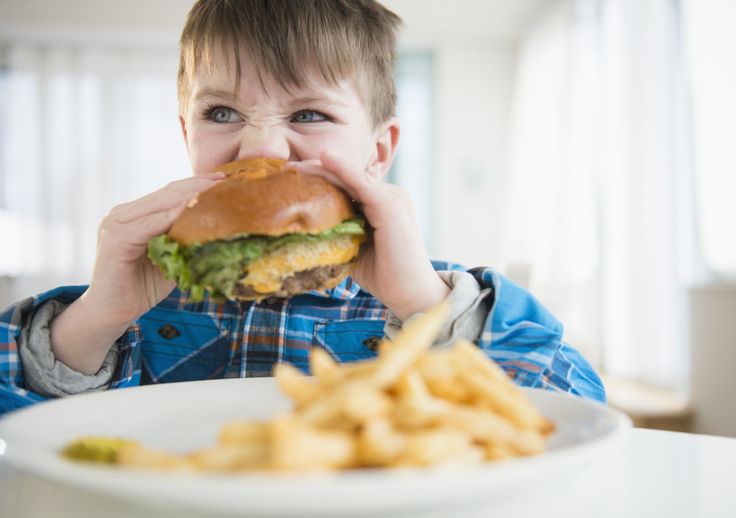 To do this, you just need to prepare nuggets and burger patties in advance by twisting lean turkey, chicken and beef in a meat grinder, adding, if desired, onions and carrots. Then form sticks and cutlets, roll in breadcrumbs and freeze! In the same way, you can “store for future use” dumplings for dad, stuffed peppers, cabbage rolls, and even vegetables for soups. Here are ready-made semi-finished products for you, but at the same time, without this, without harm to health. At any time, you can get the product from the refrigerator and defrost it in the microwave, and then stew it in a frying pan. Or cook in a double boiler without defrosting. The cooking time for such a dish is minimal, and if you add fresh vegetables to it, then there is every chance to make it not only tasty, but also healthy.
To do this, you just need to prepare nuggets and burger patties in advance by twisting lean turkey, chicken and beef in a meat grinder, adding, if desired, onions and carrots. Then form sticks and cutlets, roll in breadcrumbs and freeze! In the same way, you can “store for future use” dumplings for dad, stuffed peppers, cabbage rolls, and even vegetables for soups. Here are ready-made semi-finished products for you, but at the same time, without this, without harm to health. At any time, you can get the product from the refrigerator and defrost it in the microwave, and then stew it in a frying pan. Or cook in a double boiler without defrosting. The cooking time for such a dish is minimal, and if you add fresh vegetables to it, then there is every chance to make it not only tasty, but also healthy.
See also:
- 8 original office lunches: healthy, satisfying, unusual →
- Why are children in love with candy and ice cream? →
- Meet Maslenitsa.
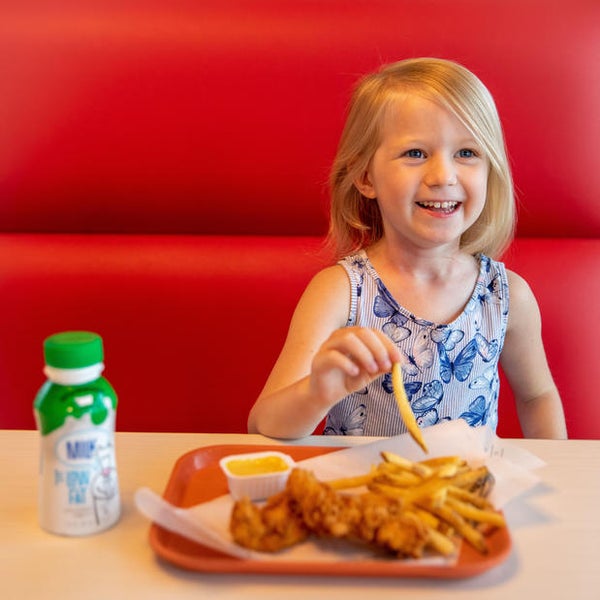 Pancakes on kefir →
Pancakes on kefir →
When can a child try fast food for the first time?
When can kids try fast food for the first time? And how to make sure that the child does not fall in love with junk fatty foods? The children's nutritionist and nutritionist Yulia Bachurina answers.
Question. Why is fast food bad for kids? And at what age can you try it?
Answer. Fast food contains trans fats. This is a type of unsaturated fat that is unnatural for our body - it does not know how to use them in biochemical processes. The harm of trans fats is obvious, but not yet sufficiently studied: there are theories that the use of trans fats provokes the occurrence of neurodegenerative diseases such as Alzheimer's and increases the risk of developing tumors. Trans fats are found in many types of food: hamburgers, nuggets, ice cream, frozen food.
But most of the trans fats are in the dishes that we buy in conventional popular fast food chains
In such establishments, food is fried on trans fats, and conventional frozen pancakes are most often not fried at all, so they are slightly less dangerous for the child.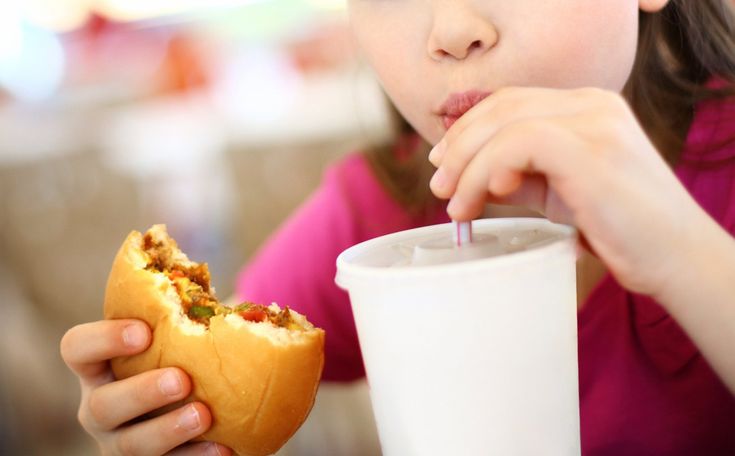 They can be tried by children from the age of three, if there are no allergies and histamine sensitivity, since long-term stored dishes can cause a negative reaction of the body.
They can be tried by children from the age of three, if there are no allergies and histamine sensitivity, since long-term stored dishes can cause a negative reaction of the body.
I can't say at what age a child can be given what we call "fast food": cheeseburgers and fries. Children at any age simply cannot eat it. If a child does not try food from a fast food chain, he will not lose anything.
Absolutely, you can’t even try fast food for children under three years old, because their nervous system is actively developing, and we don’t know what trans fat from fast food will go to build in the body. Therefore, giving babies junk food, we risk the future of the child.
Parents, in principle, should not treat fast food as food. If you want to treat your child to french fries, cook it at home. it will be much less harmful.
And in general, instead of telling the child about the dangers of fast food, parents should show him an example of proper eating behavior. If a mother eats hamburgers, then the child, no matter how you explain it, will do the same in the future.
If a mother eats hamburgers, then the child, no matter how you explain it, will do the same in the future.
Eating habits that children adopt from their parents stay with them forever
To protect your body from trans fats, pay more attention to the composition of industrial products. Margarine, refined deodorized butter, or vegetable fat indicate the presence of trans fats. Pay attention to the quality of products. Ice cream or pizza, for example, are also not the most healthy dishes, but if they are of high quality, expensive, then sometimes it is quite possible to pamper a child with them.
You should also be careful with milkshakes. Not all children tolerate them well, because the combination of fruits and milk will not withstand every gastrointestinal tract. A child may experience abdominal pain and bloating from such food. The reaction to food in general is always extremely individual: I had child patients who, after one french fries, had to restore their intestines for four months.